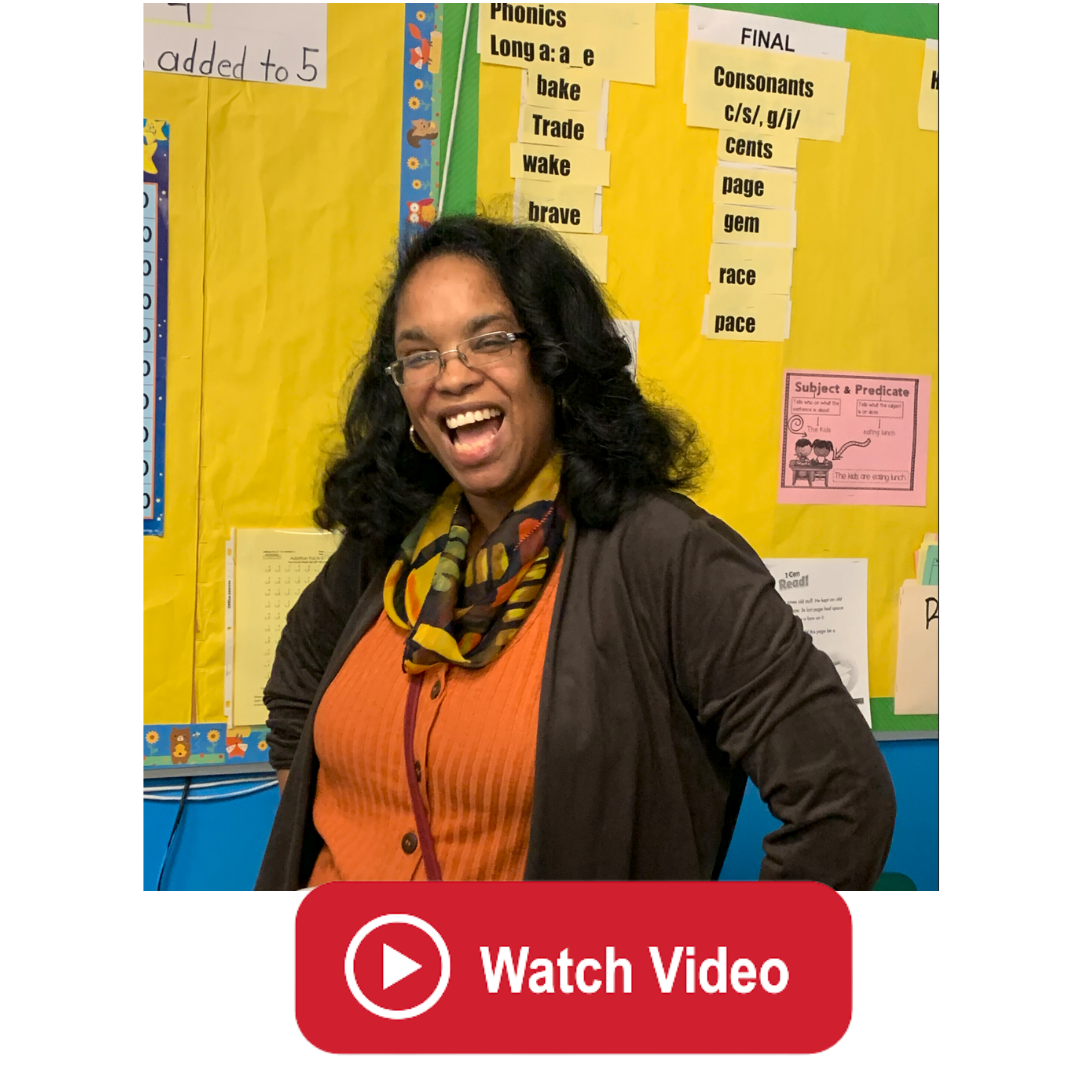Cultivating a Diverse and Inclusive New Jersey Teaching Workforce

The Rutgers Graduate School of Education's Alternate Route program is dedicated to fostering diversity in the teaching profession. Recognizing the importance of a representative educator pool, the program actively recruits and supports non-traditional teachers, enriching the demographics of the teaching workforce.
Our message is clear: everyone, regardless of background or age, has a place in education. The program strives to normalize the presence of men in elementary classrooms and women in STEM fields, while embracing non-binary and LGBTQ+ educators. This commitment to inclusivity results in a vibrant cohort of teachers who bring a wealth of experiences and perspectives to their classrooms.
Ethnic Diversity
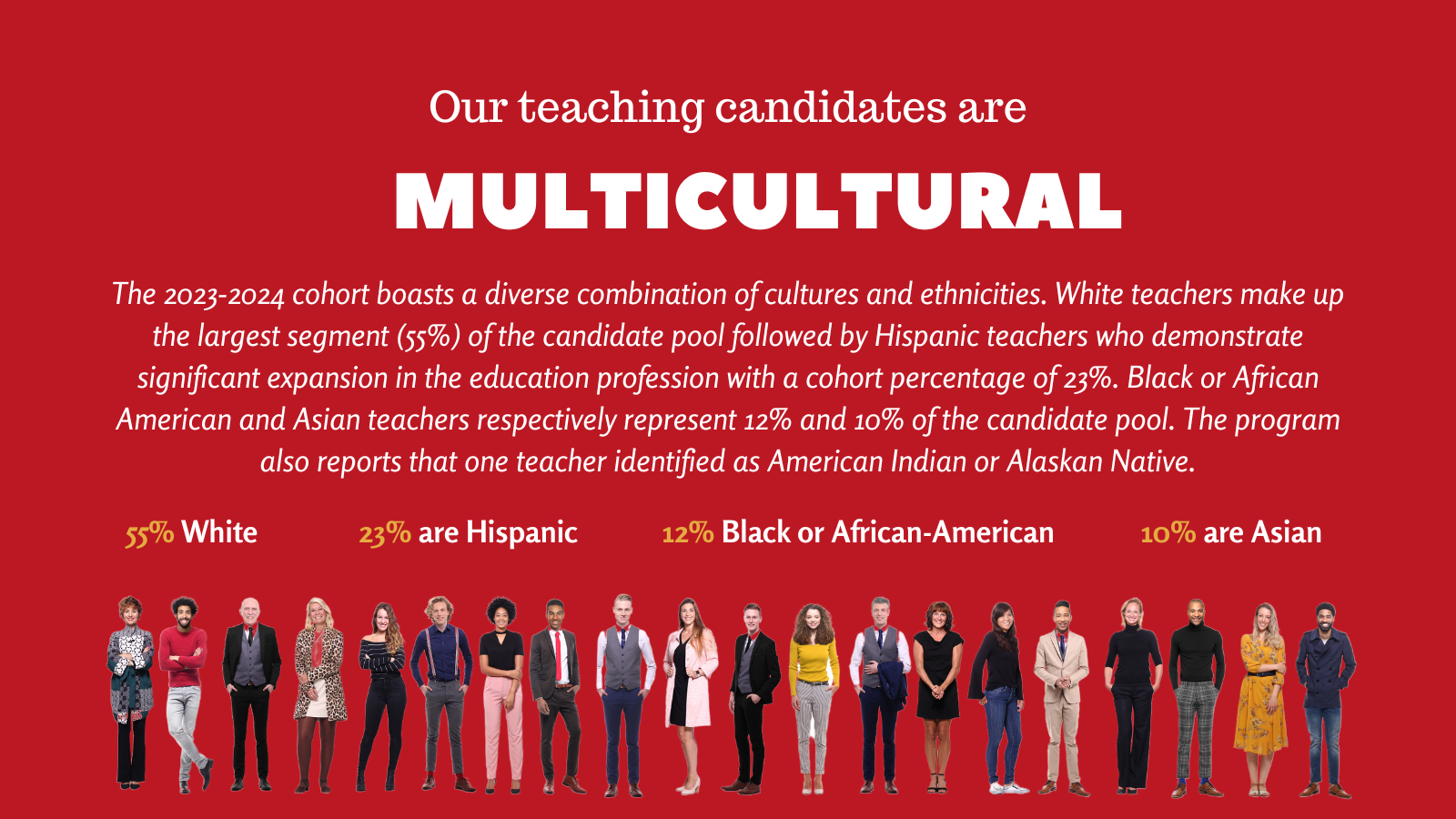
The 2023-2024 cohort boasts a diverse combination of cultures and ethnicities. White teachers make up the largest segment (55%) of the candidate pool followed by Hispanic teachers who demonstrate significant expansion in the education profession with a cohort percentage of 23%. Black or African American and Asian teachers respectively represent 12% and 10% of the candidate pool. The program also reports that one teacher identified as American Indian or Alaskan Native.
In addition to bringing teaching excellence, this diversity in our teacher candidate pool brings bilingual skills to New Jersey’s linguistically diverse classrooms and provides important role models for all students while enhancing their cultural awareness. Their varied backgrounds and experiences enrich learning communities, fostering an inclusive environment for both teachers and students. Diverse teachers also help students from various backgrounds see themselves represented in their educators, which can enhance their sense of belonging and motivation while ensuring a positive learning experience for all students.
A Multigenerational Teaching Force
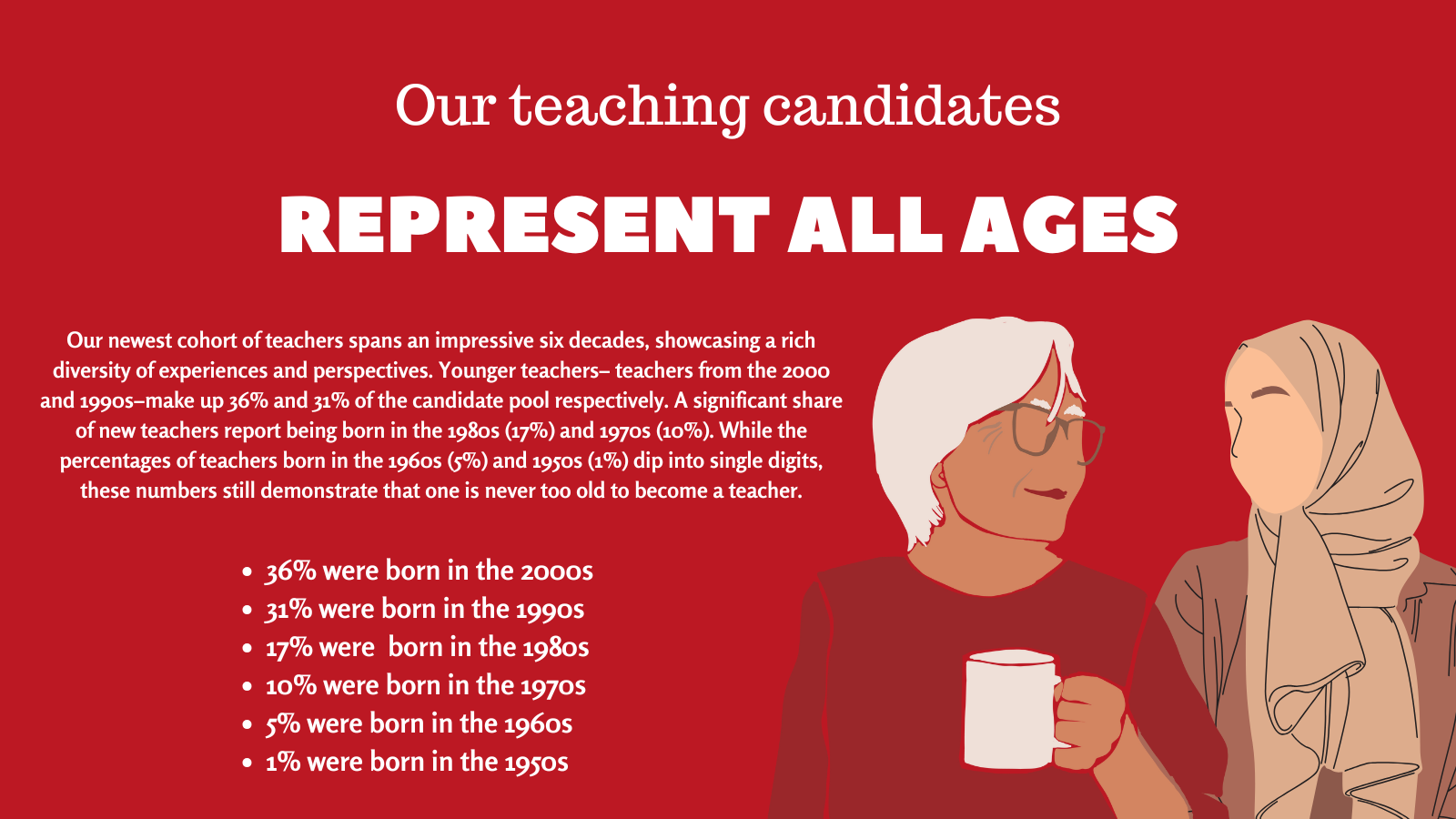
Our newest cohort of teachers spans an impressive six decades, showcasing a rich diversity of experiences and perspectives. Younger teachers– teachers from the 2000 and 1990s–make up 36% and 31% of the candidate pool respectively. A significant share of new teachers report being born in the 1980s (17%) and 1970s (10%). While the percentages of teachers born in the 1960s (5%) and 1950s (1%) dip into single digits, these numbers still demonstrate that one is never too old to become a teacher.
This diverse generational mix in our new teacher cohort represents good news for New Jersey’s schools if reports exploring multigenerational workplaces are correct. Younger teachers can lead the charge in incorporating cutting-edge technology into the classroom. Experienced professionals entering teaching can offer career insights and life lessons. A mix of generations ensures a variety of teaching approaches, catering to different learning styles. Younger teachers can help bridge generational gaps, while older teachers provide historical context.
Gender Balance in STEM Education
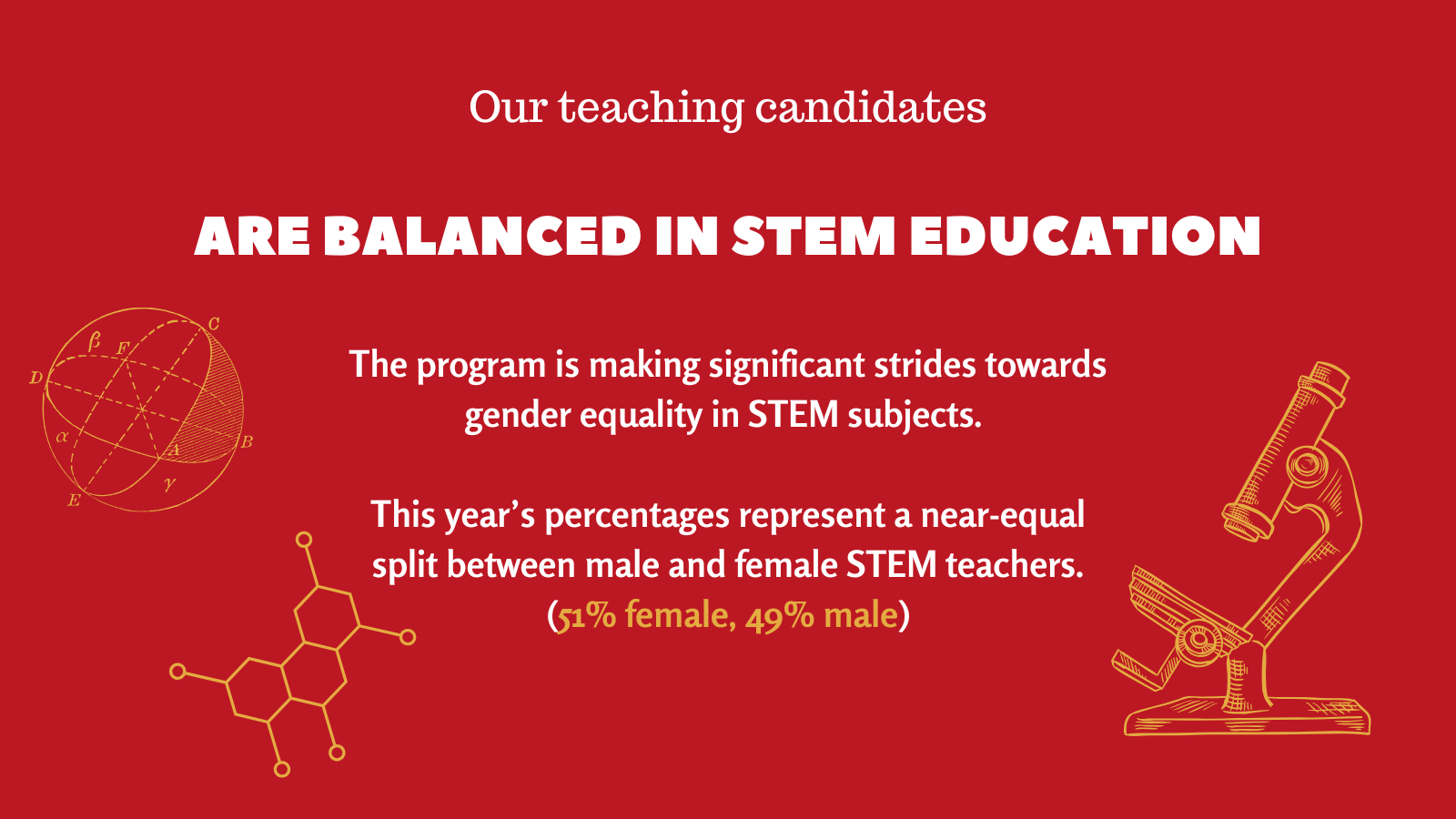
The program is making significant strides towards gender equality in STEM subjects. This year’s percentages represent a near-equal split between male and female STEM teachers (51% female, 49% male).
The near-equal representation of male and female STEM teachers in our new cohort is a significant achievement with far-reaching implications. This balance serves as a powerful message to our students, transcending mere statistics. It provides diverse role models for female students, potentially inspiring more girls to pursue STEM subjects as they see themselves represented in these fields. Moreover, this diversity brings more experiences and viewpoints to the classroom, enhancing the learning environment for all students. Importantly, this equilibrium challenges outdated stereotypes about STEM fields being predominantly male domains, paving the way for a more inclusive future and encouraging participation and engagement from students of all backgrounds and genders.
Gender Distribution in Elementary Teachers
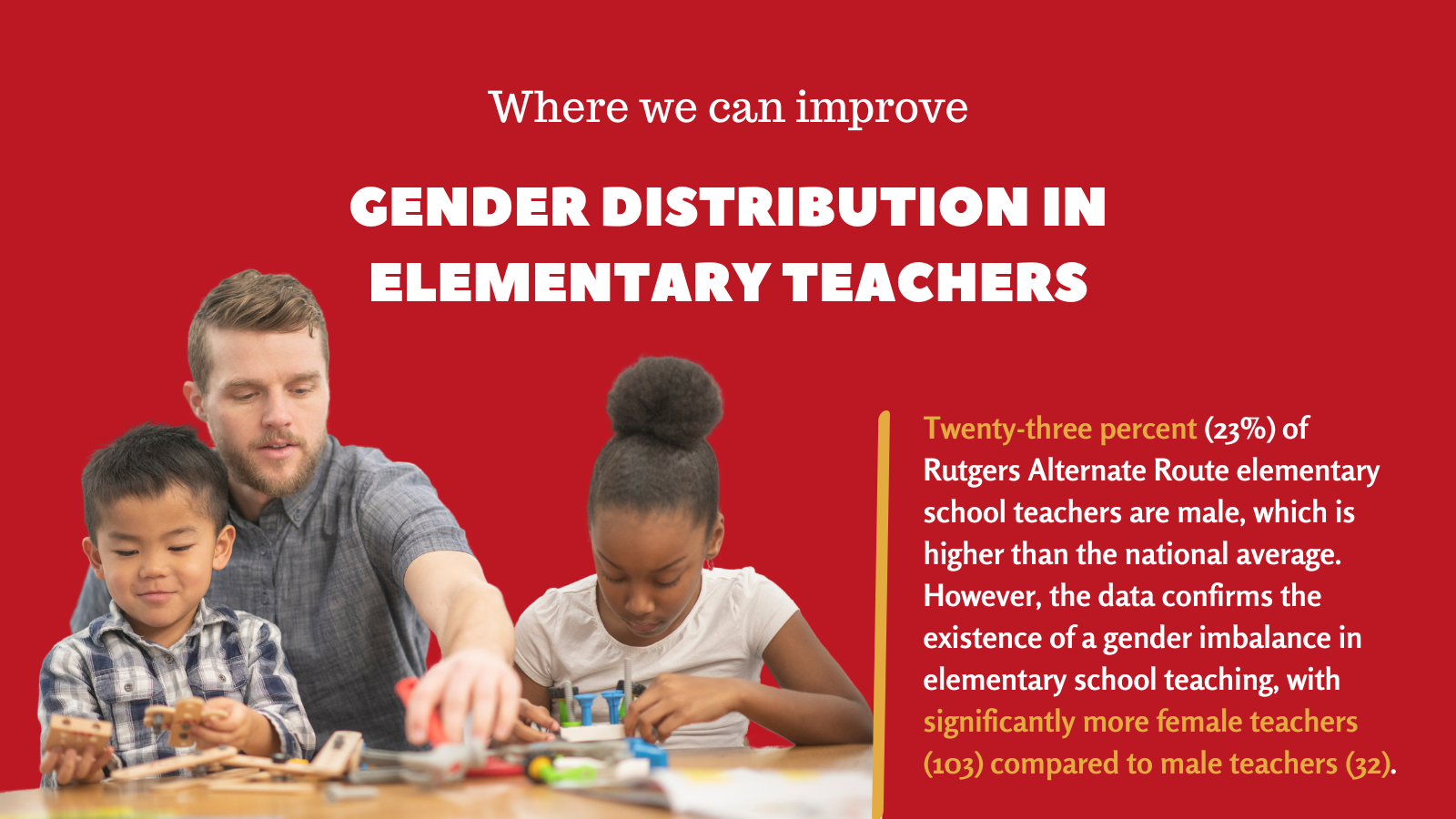
The findings from the latest cohort of elementary school teachers at Rutgers Alternate Route are encouraging, although they highlight the need for more efforts to recruit and retain male teachers. Twenty-three percent (23%) of all elementary school teachers are male, which is higher than the national average. The data confirms the existence of a gender imbalance in elementary school teaching, with significantly more female teachers (103) compared to male teachers (32).
The findings also align with historical trends in the education sector, where female teachers have been more prevalent in the elementary education field. Nevertheless, it demonstrates that there are males who choose careers as elementary school teachers and reject the idea that teaching young children is a woman’s job.
School Setting Diversity
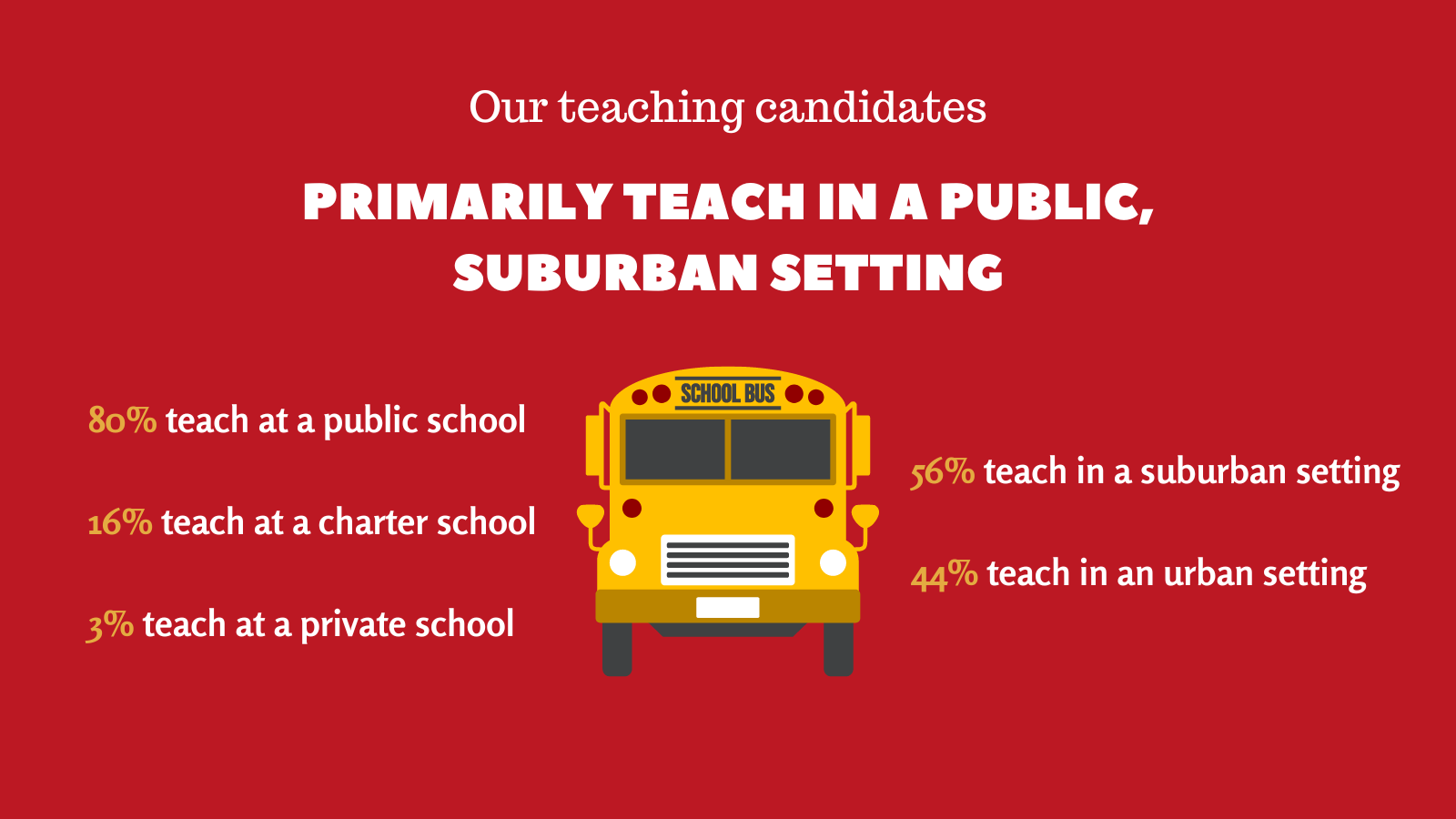
New teachers in our program enter various work settings, with traditional public schools attracting the majority. Our data demonstrates that district schools are the primary destination for new teachers, with a whopping 80% choosing these settings. However, charter schools have secured a significant portion of new teaching talent, with about 16% of the cohort opting for these independently run public learning environments. This suggests that charter schools are increasingly seen as viable and attractive options for educators starting their careers. With roughly 3% of the cohort choosing private schools, we see that this sector attracts a smaller but notable portion of new educators. This could reflect the more limited number of positions available in private institutions or perhaps a specific interest in the unique environments these schools offer.
The data also shows that slightly more new teachers work in suburban school districts (56%) than urban districts (44%), challenging the assumption that only large urban districts hire alternate route teachers.
The Rutgers Alternate Route program is actively addressing the need for a more diverse teaching workforce. By recruiting educators from various backgrounds, ages, and experiences, the program is creating a more inclusive educational environment for students. This diverse cohort of new teachers is poised to make a significant impact across New Jersey's schools, bringing fresh perspectives and innovative teaching methods to classrooms in both urban and suburban settings.
If you’re considering following your dream of teaching, Rutgers Alternate Route can offer you the support and training you need to succeed. Be sure to follow Rutgers Alternate Route on Twitter and sign up for Alternate Route’s monthly newsletter for more information and stories from the field of education.

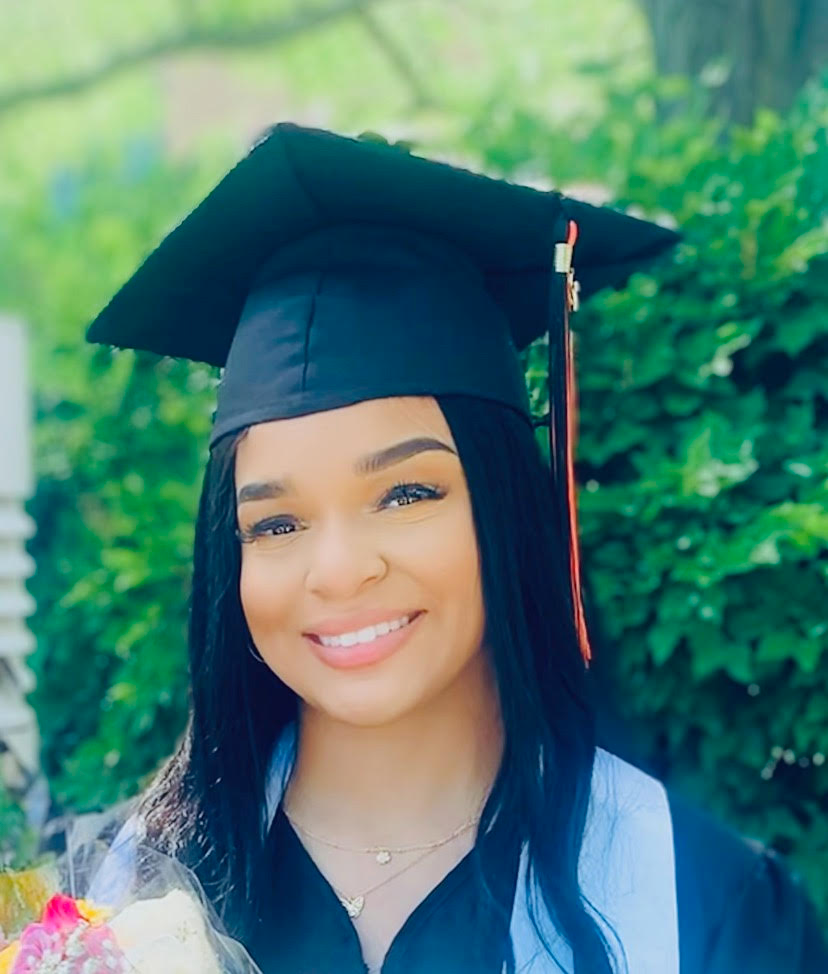 DeMariah Woodard is an undergraduate student at Niagara University where she is a double major in Psychology and Criminal Justice. She supports content creation initiatives with Black Star Communications as a Digital Communications Intern for Summer 2023. Published works by DeMariah are completed in collaboration with the Rutgers Alternate Route Team and Black Star Communications.
DeMariah Woodard is an undergraduate student at Niagara University where she is a double major in Psychology and Criminal Justice. She supports content creation initiatives with Black Star Communications as a Digital Communications Intern for Summer 2023. Published works by DeMariah are completed in collaboration with the Rutgers Alternate Route Team and Black Star Communications.